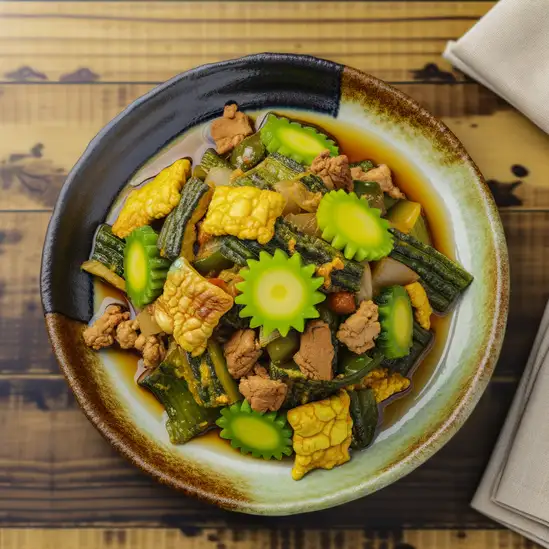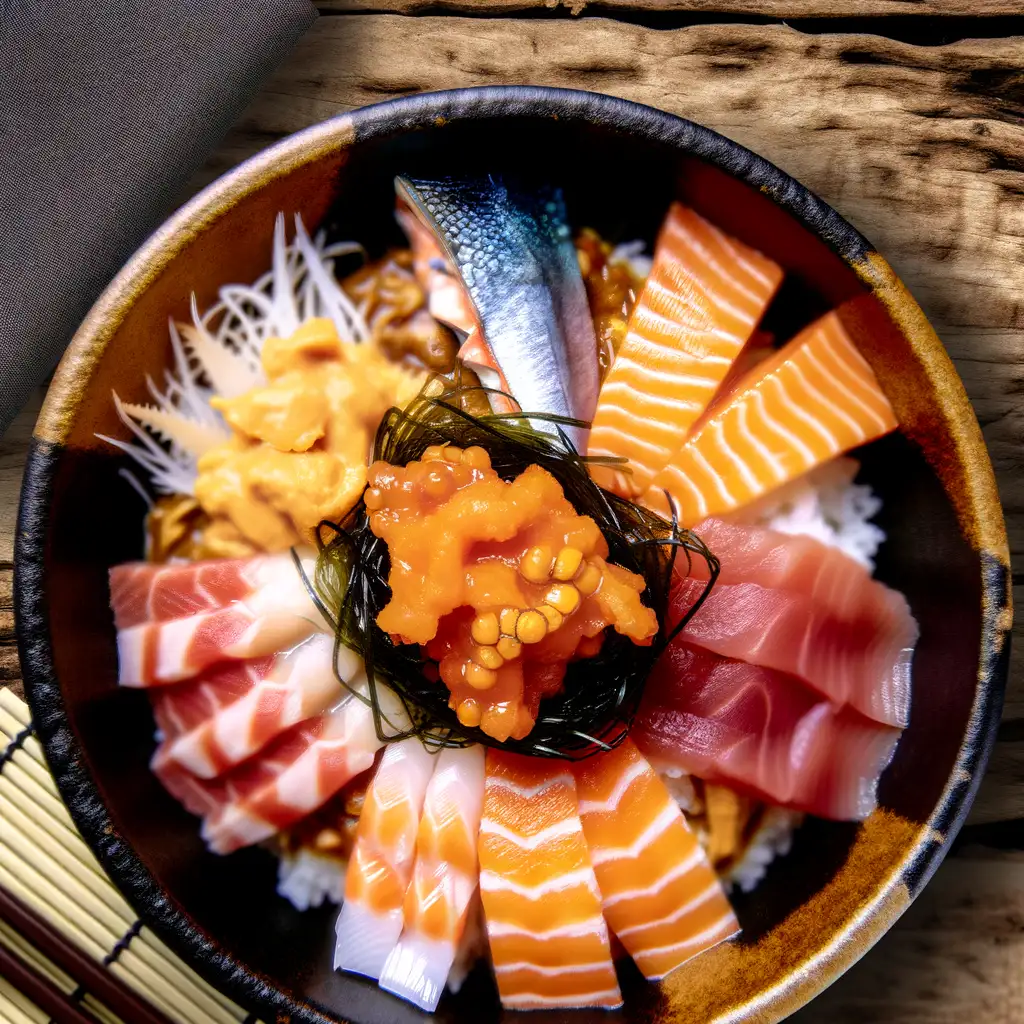



If you ever find yourself craving a place where the sea breeze carries a hint of salt and the streets hum with a gentle,timeless rhythm,Hakodate is where you want to be. This city feels like a cozy conversation between old Japan and the world beyond,with its charming mix of historic wooden houses and colorful markets bustling with fresh seafood. Walking through the morning market,you can almost taste the ocean in the air—crisp,briny,and alive with the chatter of vendors offering plump scallops and glistening squid. It’s a sensory feast that wakes you up better than any coffee. As the day unfolds,the city’s character reveals itself in the soft glow of the red brick warehouses by the harbor and the winding streets of Motomachi,where you can spot old churches and quaint cafes tucked between cherry blossoms. There’s a peacefulness here,but also a quiet energy,like the city is gently inviting you to slow down and savor every moment. And then,when night falls,the view from Mount Hakodate is nothing short of magical—thousands of twinkling lights spread out below,like a sea of stars you can almost reach out and touch. Hakodate’s charm isn’t just in its sights but in its flavors,too. Don’t miss trying the local specialty,shio ramen,with its delicate,salty broth that perfectly captures the essence of the sea. It’s a city that feels warm and welcoming,where every corner has a story,and every meal tastes like a celebration of the coast. Trust me,once you’ve been,Hakodate stays with you long after you’ve left.
The information on this page is currently being reviewed by Tripkliq and should be used as a guide only
Eng word: Hello
Eng pronunciation: Konnichiwa
Local language: こんにちは
Eng word: Goodbye
Eng pronunciation: Sayōnara
Local language: さようなら
Eng word: Thank you
Eng pronunciation: Arigatō
Local language: ありがとう
Eng word: How much
Eng pronunciation: Ikura
Local language: いくら
Eng word: Toilet
Eng pronunciation: Toire
Local language: トイレ
Eng word: Help me
Eng pronunciation: Tasukete
Local language: 助けて
Eng word: Yes
Eng pronunciation: Hai
Local language: はい
Eng word: No
Eng pronunciation: Iie
Local language: いいえ
Eng word: Excuse me
Eng pronunciation: Sumimasen
Local language: すみません
Hakodate was founded in 1454 when Kono Kaganokami Masamichi constructed a large residence in the area. This marked the beginning of the city's history.
In 1854, Hakodate Port was one of the first ports in Japan to be opened to international trade following the Convention of Kanagawa. This played a significant role in Hakodate's development into a bustling hub of commerce.
Constructed in 1866, Goryokaku is a star-shaped fort in Hakodate. It was the first Western-style fortress in Japan, intended to defend against the looming threat of Western imperialism.
The Motomachi district is known for its well-preserved Western-style buildings and churches, remnants of the foreign traders and diplomats who lived in Hakodate when the port first opened to international trade.
Mount Hakodate offers a breathtaking night view of the city, regarded as one of the world's top three night views alongside Naples and Hong Kong.
Established in 1898, the Trappistine Convent is the first nunnery of the Trappist Order in Japan. It is celebrated for its architectural beauty and the delicious dairy products produced by the nuns.
Built in 1910, the Old Public Hall is an important cultural property that showcases Western influence on Japanese architecture during the Meiji era.
Operating since the aftermath of World War II, Hakodate's Morning Market is a lively hub where locals and tourists alike can enjoy fresh seafood, local produce, and engage in the longstanding tradition of squid fishing.
Sakamoto Ryoma, a key figure in the movement to overthrow the shogunate, found refuge in Hakodate during one of his missions to secure arms for the anti-shogunate forces, highlighting the city's role in the Meiji Restoration.
In Hakodate, the most common Power Adaptor is Type A, Type B.



A stir-fry dish that includes goya (bitter melon), tofu, and pork, reflecting the influence of Okinawan cuisine in the area.

Rich and creamy soft-serve ice cream made from Hokkaido's high-quality milk, available in various flavors, including lavender and matcha.

A seafood bowl featuring a variety of fresh sashimi served over rice, showcasing the region's abundant marine resources.

A local specialty made of whole squid stuffed with rice, often cooked in a sweet soy sauce, offering a unique blend of flavors.

A light soy sauce-based ramen that features a clear broth, often topped with fresh seafood, green onions, and bamboo shoots.

Another ramen variant from Hakodate, known for its salt-based broth, which is lighter and highlights the flavors of the ingredients.
If you ever find yourself in Japan during winter,Sapporo-shi is a city that wraps you in a cozy,spirited embrace unlike anywhere else. Imagine crisp,snowy streets lined with softly glowing lanterns,the air tinged with the scent of pine and sizzling street food. The city hums with a lively yet laid-back energy—locals chatting over steaming bowls of miso ramen or clinking glasses of rich,locally brewed beer. It’s a place where modern city life meets nature’s quiet beauty,all under a sky that often blushes pink at sunset.
Walking through Odori Park,you’ll hear the crunch of fresh snow beneath your boots and catch glimpses of intricate ice sculptures shimmering in the cold air,especially during the famous Snow Festival. The architecture is a charming mix of clean,contemporary lines and historic European influences,giving the city a unique personality that feels both familiar and refreshingly new. Cafés spill warm light onto the streets,inviting you in to savor Hokkaido’s creamy dairy treats or a perfectly brewed cup of coffee.
What really makes Sapporo special is its genuine warmth—people here are friendly without being overbearing,proud of their city’s rich culture and natural bounty. Whether you’re wandering through the bustling Nijo Market tasting fresh seafood or hiking nearby trails that open up to breathtaking views,Sapporo feels like a place that invites you to slow down,breathe deeply,and savor every moment.
If you ever find yourself craving a place where history and charm wrap around you like a cozy scarf,Otaru is that kind of city. Nestled along the northern coast of Hokkaido,it feels like stepping into a living postcard—cobblestone streets lined with old brick warehouses whisper stories of a bustling port town from days gone by. As you stroll along the canal,the soft ripple of water mingles with the distant clink of glasses from quaint cafes,creating a peaceful soundtrack that invites you to slow down and savor the moment.
The air carries a subtle mix of salty sea breeze and the sweet aroma of freshly baked pastries from local bakeries. Don’t miss trying the sushi here—Otaru’s seafood is incredibly fresh,often caught just hours before it lands on your plate. Watching the chefs skillfully slice glistening cuts of fish feels almost like a performance,and the taste? Pure ocean magic.
What really makes Otaru special is its blend of old-world elegance and warm,approachable spirit. The city’s glass artisans craft delicate,shimmering works that catch the light just right,and wandering through their studios feels like stepping into a treasure trove. At night,the gas lamps along the canal flicker to life,casting a golden glow that turns the whole place into a quiet,enchanting dream. It’s a city that invites you to slow down,breathe deeply,and fall in love with its gentle rhythm.
Tokyo feels like stepping into a living,breathing mosaic where tradition and futurism dance side by side. The moment you arrive,you’re swept up in a vibrant energy that hums through neon-lit streets and quiet temple gardens alike. Imagine the buzz of Shibuya Crossing,where hundreds of people move in perfect chaos,the air tinged with the scent of sizzling street food and fresh cherry blossoms in spring. It’s a city that never quite sleeps,yet somehow offers pockets of serene calm if you know where to look.
Walking through Tokyo,you’ll hear a symphony of sounds—from the rhythmic clatter of trains to the soft murmur of locals chatting over steaming bowls of ramen. The city’s character is a fascinating blend of meticulous order and playful creativity. You can find centuries-old shrines nestled between sleek skyscrapers,and quirky themed cafes that feel like stepping into another world. The taste of Tokyo is unforgettable too—whether it’s the delicate umami of sushi at a tiny neighborhood spot or the comforting warmth of matcha-flavored sweets.
What makes Tokyo truly unique is how it embraces contrasts without missing a beat. It’s a place where you can lose yourself in sprawling shopping districts,then find quiet reflection in a moss-covered garden. The people,warm and respectful,add a layer of kindness that makes the city feel welcoming despite its size. If you’re curious,open-hearted,and ready to explore,Tokyo will surprise you at every turn and leave you with stories you’ll want to share again and again.
If you wander into Nagasaki,you’ll immediately notice a gentle blend of history and warmth that wraps around you like a soft breeze off the harbor. This city carries a quiet resilience,where every street corner whispers stories of its past—both joyful and heartbreaking. As you stroll along the waterfront,the salty tang of the sea mingles with the aroma of simmering champon,a local noodle dish that’s as comforting as a warm hug on a chilly day. The colorful houses cascade down the hillsides,creating a patchwork quilt of life that feels both intimate and alive.
Nagasaki’s character is shaped by its unique crossroads of cultures. You’ll hear the faint echoes of Portuguese and Dutch influences in the architecture and the gentle chime of church bells mingling with the hum of bustling markets. The city’s spirit is reflected in its people—friendly,thoughtful,and quietly proud. Visiting the Peace Park or the Atomic Bomb Museum is a moving experience,but it’s balanced by the lively energy of Chinatown,where the sizzle of stir-fry and the chatter of vendors invite you to savor every bite and moment.
What makes Nagasaki truly special is how it embraces both reflection and celebration. Whether you’re watching the sunset paint the harbor in shades of gold or wandering through the lantern-lit streets during the vibrant festivals,there’s a sense of hope and renewal that stays with you long after you leave. It’s a place that invites you to slow down,listen,and feel the heartbeat of a city that’s been through so much—and still shines brightly.
Imagine stepping into a city that buzzes with an infectious energy,where neon lights splash vibrant colors across the night sky and the air hums with laughter and chatter. That’s Osaka for you—a place that feels alive in the most welcoming way. It’s not just a city; it’s a warm,spirited friend who invites you to dive into its lively streets,where every corner tells a story. The scent of sizzling takoyaki and okonomiyaki wafts through the air,tempting you to stop and savor the rich,comforting flavors that define Osaka’s food culture.
Walking through Dotonbori,you’ll hear the rhythmic clatter of chefs flipping pancakes on hot griddles,mixed with the playful calls of street vendors. The city’s character shines in its blend of old and new—ancient castles stand proudly near bustling shopping arcades,and traditional theaters share space with quirky,modern cafes. People here are famously friendly and down-to-earth,always ready with a smile or a helpful tip,making you feel instantly at home.
What makes Osaka truly special is its unapologetic joyfulness. It’s a city that celebrates life through its food,festivals,and everyday moments. Whether you’re savoring a bowl of rich ramen,exploring vibrant markets,or simply soaking in the neon-lit riverbanks,Osaka wraps you in a warm embrace that lingers long after you leave. Trust me,once you experience its spirited charm,you’ll find yourself dreaming of coming back.
If you find yourself wandering through Fukuoka-shi,you’ll immediately notice a refreshing blend of vibrant city life and laid-back coastal charm. The air carries a subtle saltiness from the nearby sea,mingling with the enticing aroma of street food stalls sizzling with fresh yakitori and steaming bowls of Hakata ramen. It’s a city that hums with energy but never feels overwhelming—like a close-knit community that’s just big enough to surprise you at every corner.
Walking through the bustling Nakasu district at night,neon lights flicker against the river’s calm surface,while laughter and chatter spill out from cozy izakayas. The city’s pulse is warm and inviting,with locals who are proud yet unpretentious,always ready to share a story or recommend their favorite spot. Fukuoka’s rich history peeks through in its temples and shrines,but it’s the modern art galleries and lively festivals that show how the city embraces both tradition and innovation.
What really sets Fukuoka apart is its pace—fast enough to keep you intrigued,slow enough to savor. Imagine sitting by the waterfront,a gentle breeze brushing your face,as you sip on a cold yuzu drink and watch fishing boats bobbing gently. It’s a place where you can dive into Japan’s culinary delights,explore vibrant markets,and still find quiet moments to just breathe and soak it all in. Trust me,Fukuoka feels like a warm welcome you didn’t know you needed.
Unlicensed currency exchange services may offer poor exchange rates or charge excessive fees.
Tourists may be sold counterfeit tickets to popular attractions, which are invalid upon arrival.
Individuals posing as tour guides may offer their services to tourists and charge high fees for subpar or fake tours.
Some taxi drivers may take advantage of tourists by taking unnecessarily long routes or charging higher fares than usual.
Certain restaurants may inflate prices or add hidden charges to the bill, especially if the menu is not in English or lacks clear pricing.
Some souvenir shops may sell counterfeit or low-quality items at premium prices, targeting unsuspecting tourists.
Scammers may approach tourists on the street, offering fake products, services, or charity donations.
Japan has very strict drug laws, and this includes Hakodate. The possession, use, or trafficking of illegal drugs is severely punished, with strict penalties including imprisonment and heavy fines. Even some medications that are legal in other countries may be restricted or require special permission in Japan. Tourists should ensure they are not carrying any prohibited substances and should consult with Japanese authorities if they have any doubts about their medications.
In Hakodate, as in the rest of Japan, smoking is generally prohibited in many public places such as restaurants, cafes, and public transportation. There are designated smoking areas in some public spaces, including train stations and certain streets. It is important to look for these designated areas and avoid smoking in non-designated areas to avoid fines and respect local customs.
Vaping is subject to similar regulations as smoking in Hakodate. It is generally prohibited in public places and should be done in designated smoking areas. Tourists should be mindful of local rules and look for signs indicating where vaping is allowed.
What are other people saying about Hakodate?
Recent Social posts about Hakodate
There is nothing to show you for now.